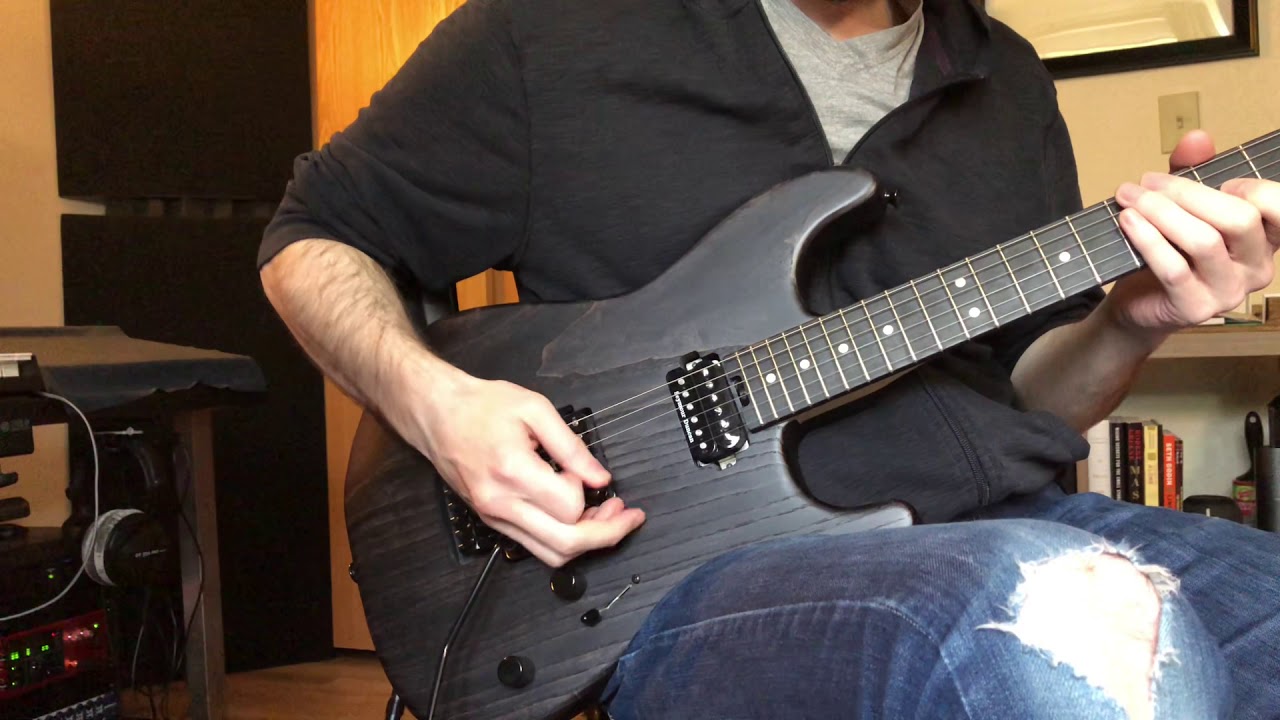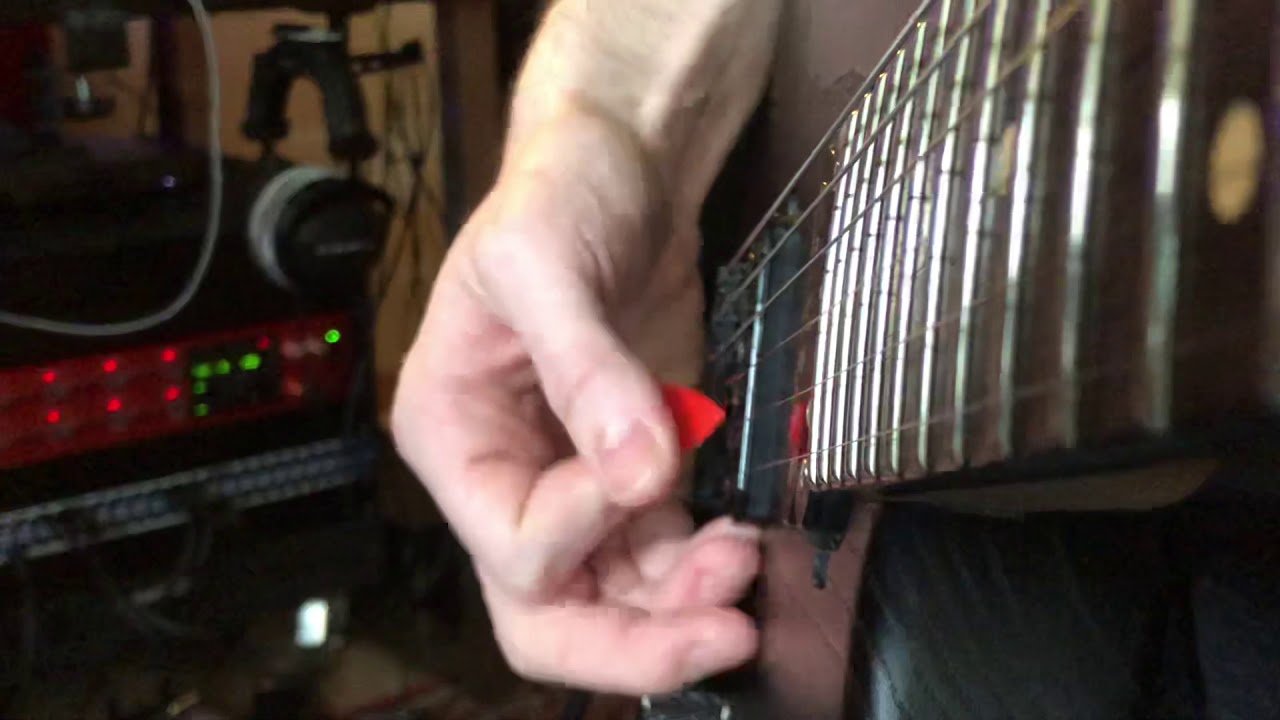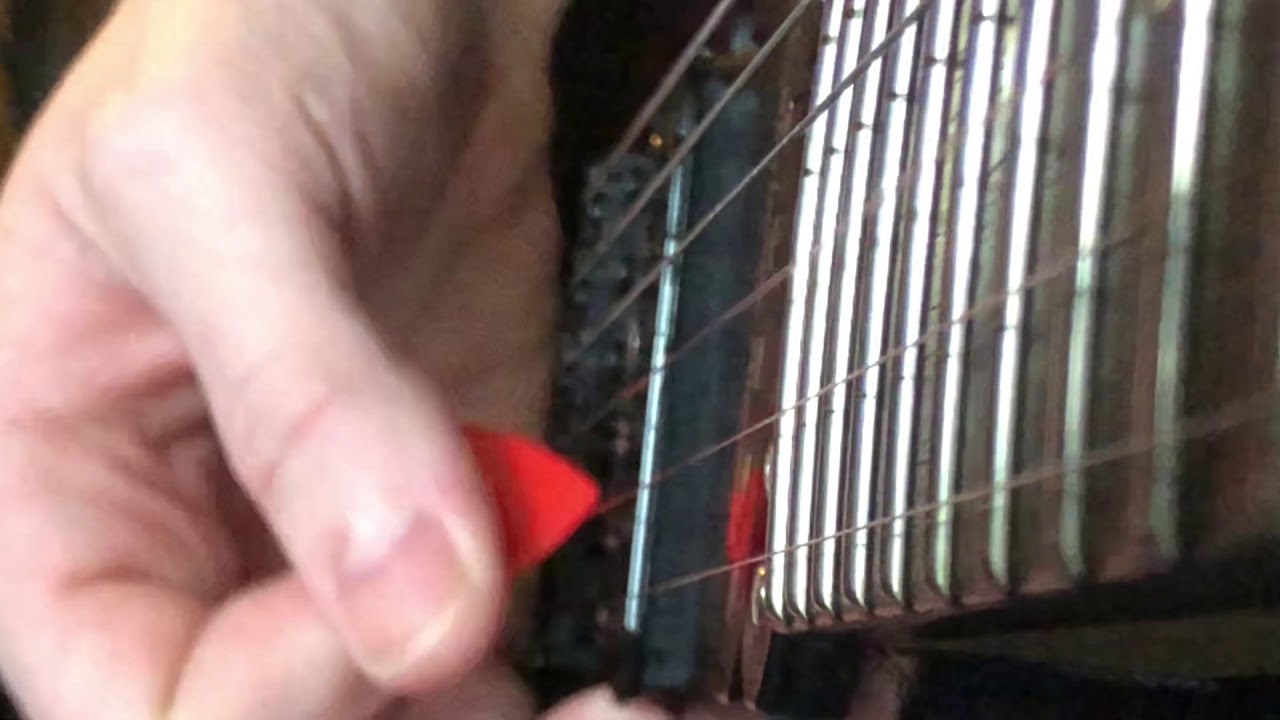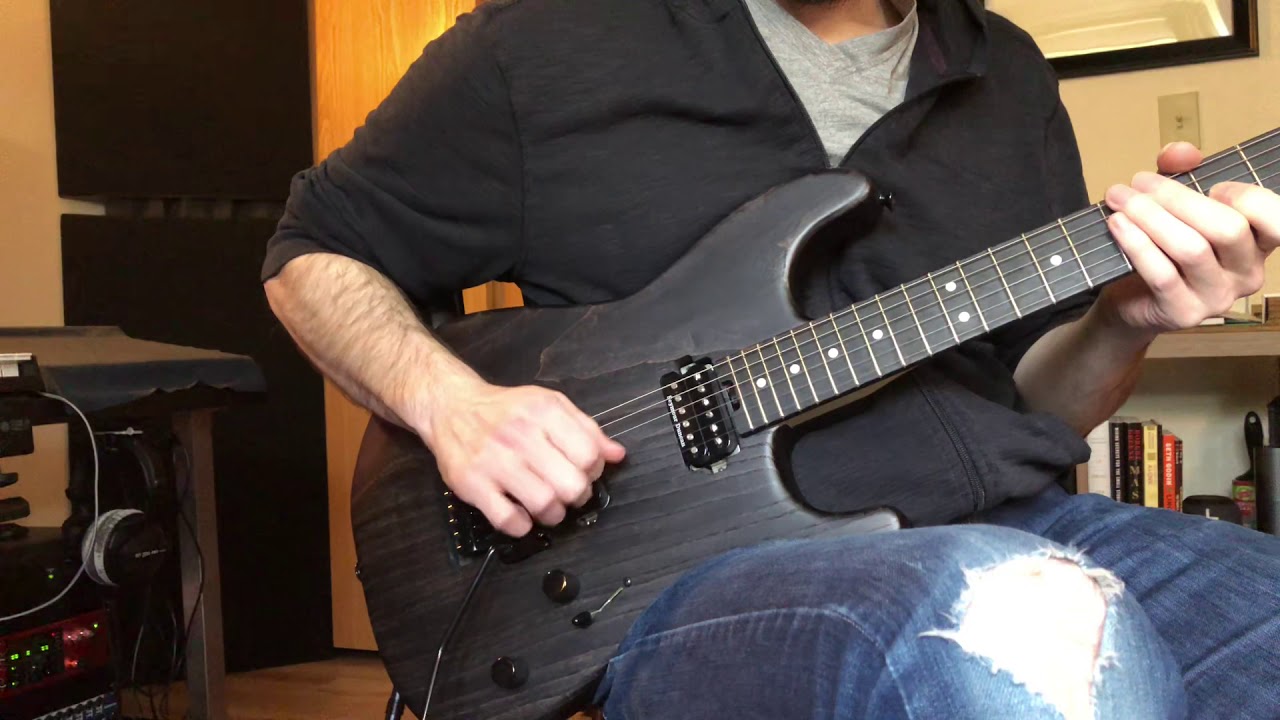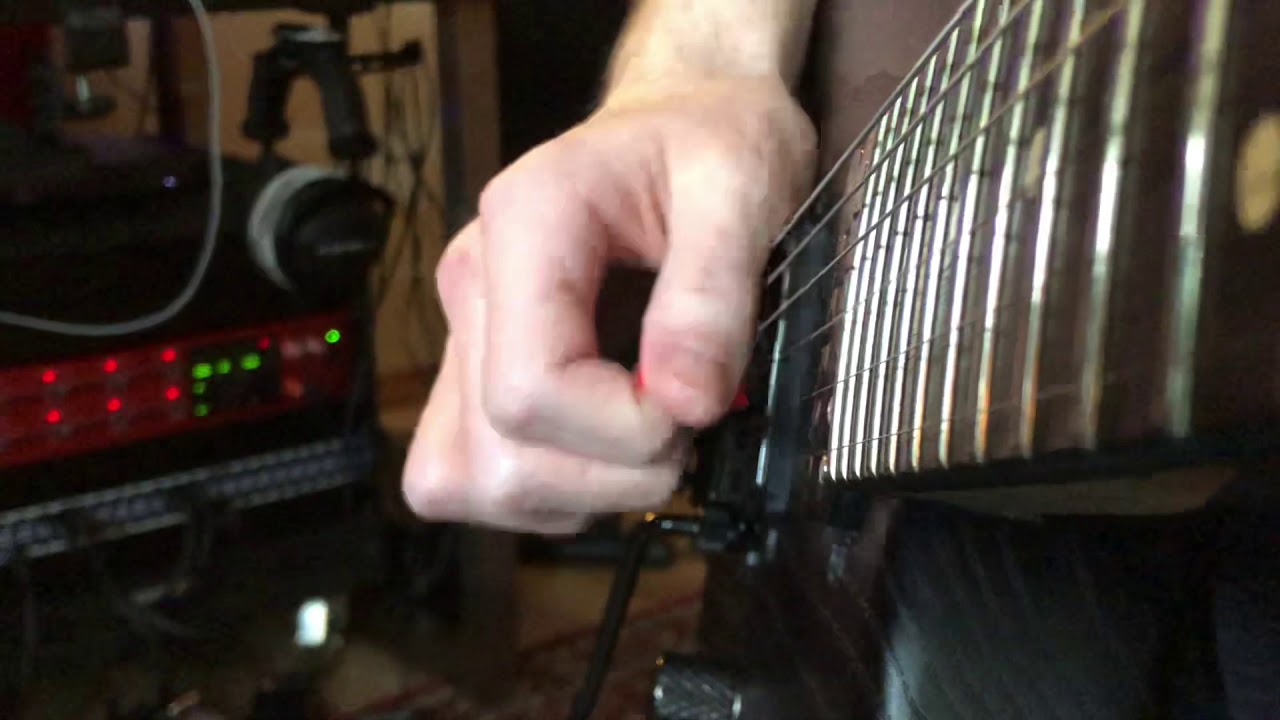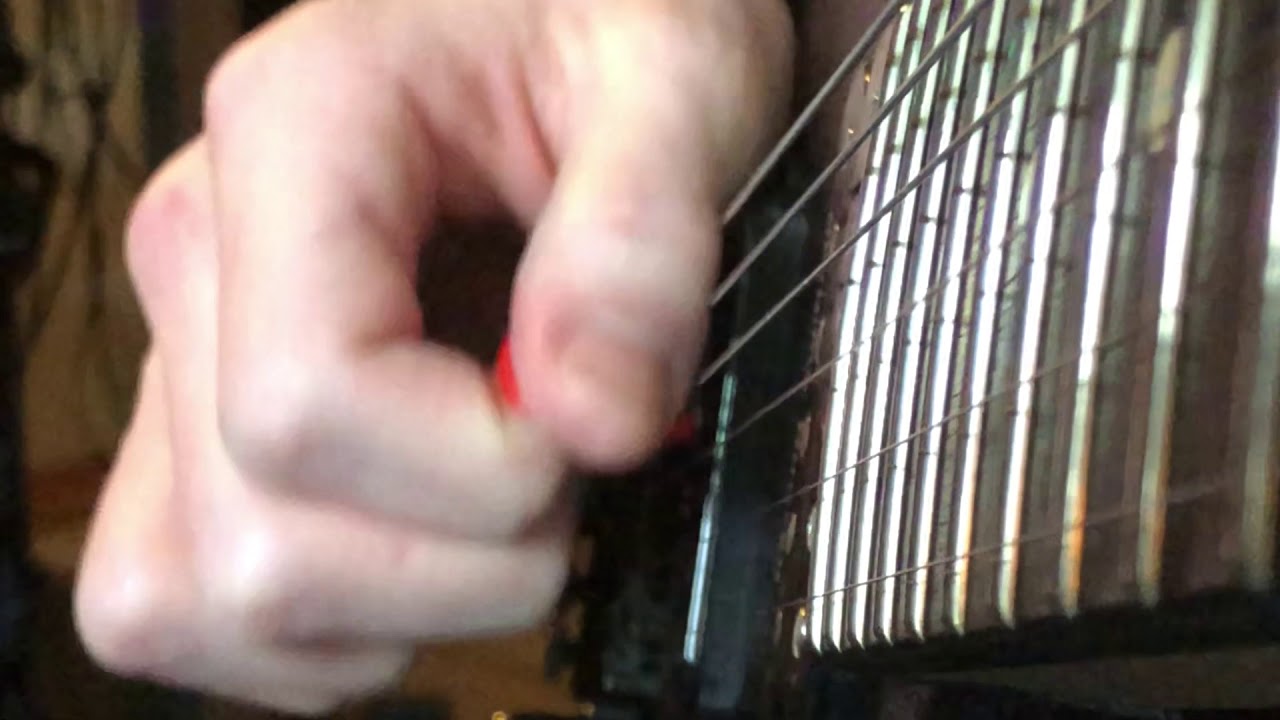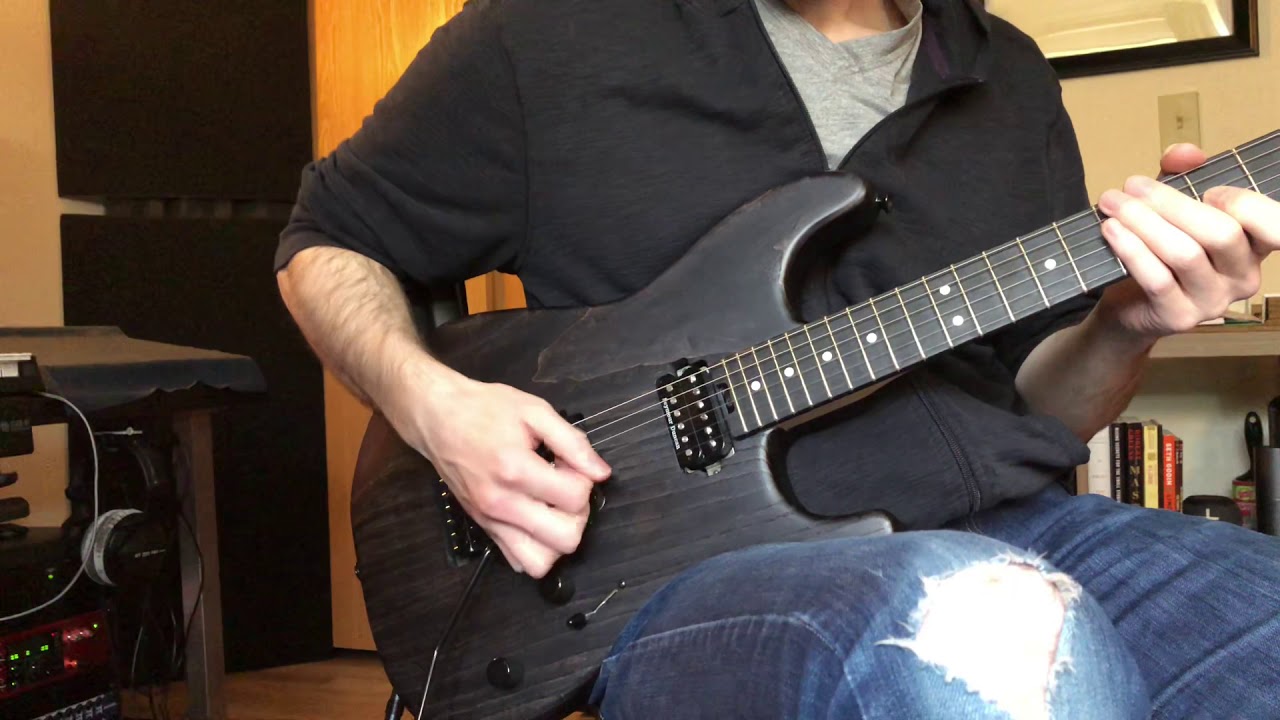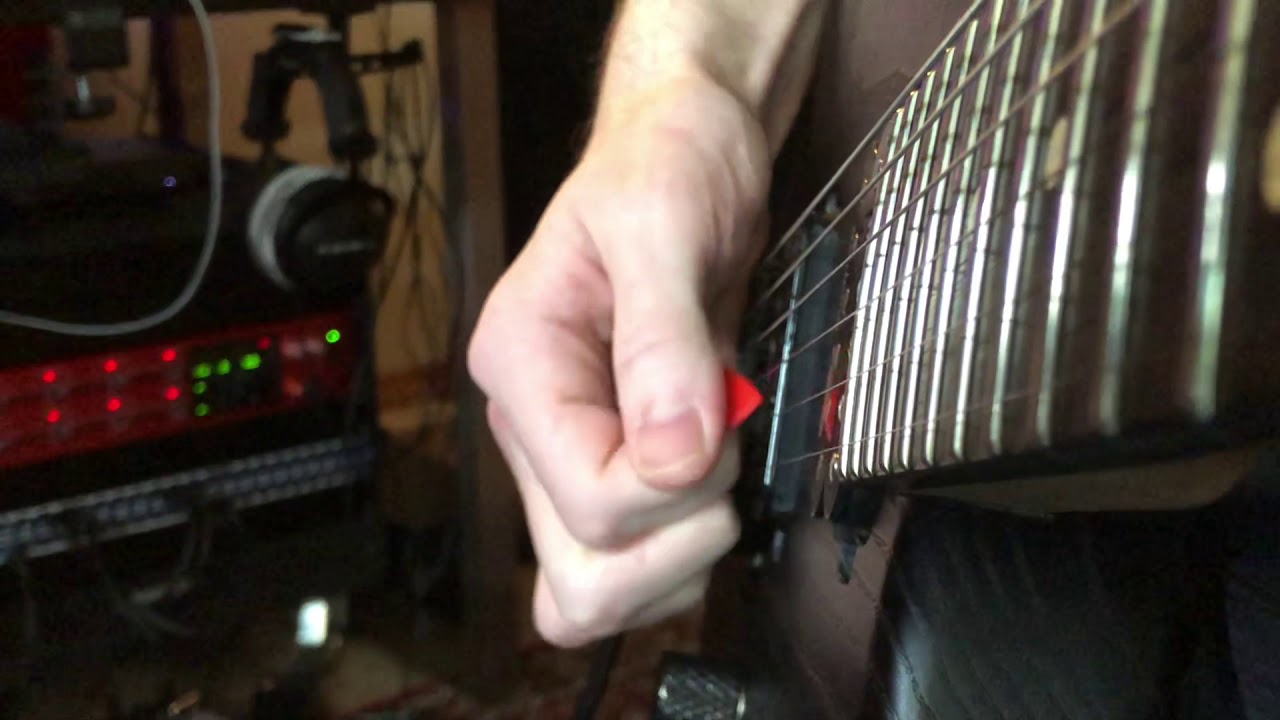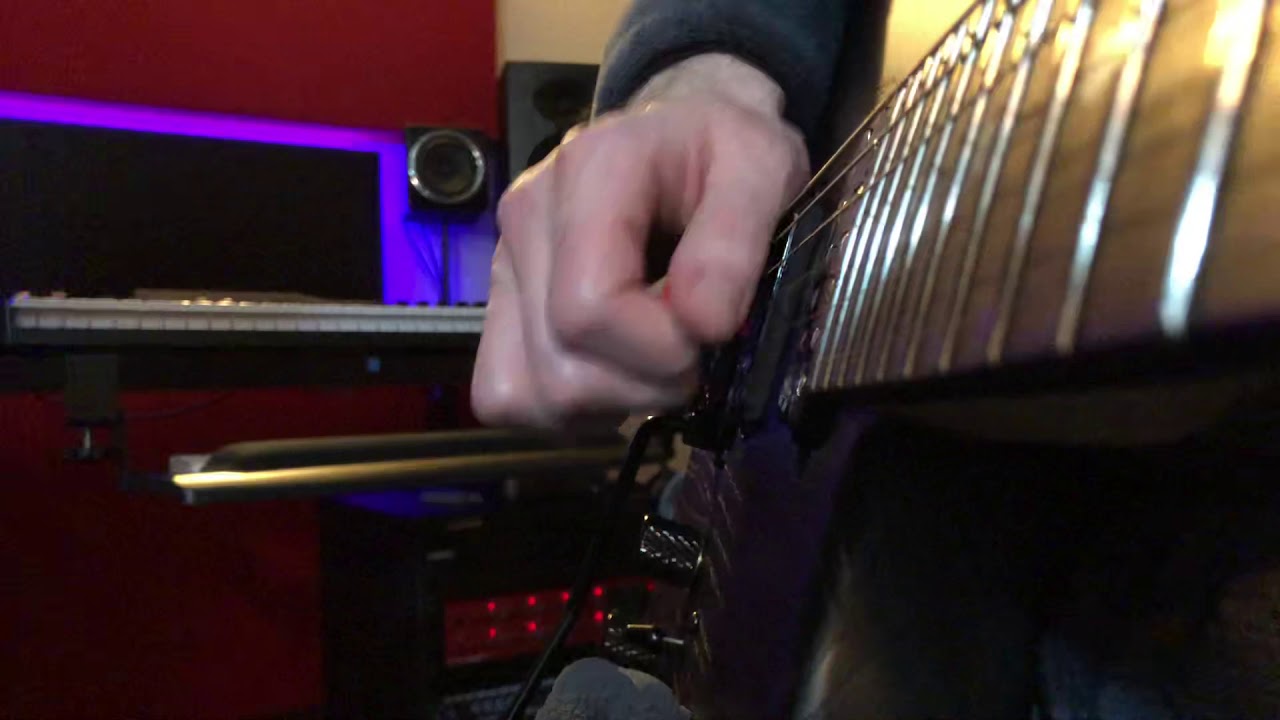Thank you for checking these out so quickly and for the kind words!
I figured I might be misinterpreting my motions. For the first three clips that I’m calling partial forearm motion, I initially thought it was forearm because I definitely feel a burn going on in that region when using that motion. That, and it looked like the forearm muscle was turning during my upstrokes. Either way, I stand corrected!
When you say “straight line”, do you mean that the pick motion itself is a trapped motion, or a straight line, but with a discernable USX motion?
Once I get into 180 bpm and beyond my motion seemingly becomes mostly elbow. I get what you’re saying though. Here is me gunning it with the elbow motion:
I can push it a little further, but that’s my max. It feels smooth, almost uncontrolable, and that’s about where it stops in terms of comfort. I try applying that motion to the wrest of my playing and it’s like I’m doing everything left handed. I do not like it at all.
That brings me to the following - Yes, I can go faster with that motion, but it limits me in a lot of other ways. The Motion where I’m using USX, angle pad grip is where I feel most at home, but I cap out at 175-180 bpm. Should I really abandon the motion I like more just because it’s slower than the elbow motion? I mean, reps and pushing myself to get faster should be able to get me to the bpm territory of my elbow motion with a little work, no?
If I push my USX / angle pad grip past 175 I start getting garage spikes and string hopping. That’s about where the motion falls apart so, should I work on getting more comfortable with slightly slower tempos (155-165 bpm) and then work on pushing it?
It’s confusing to me because it seems like the general consensus here is that you should lean into whatever motion you can do fastest, tremolo picking on one string. So, motions that are a little slower / different grip / more comfortable overall aren’t worth the effort in terms of working up to a max speed? There has to be some part of getting faster that requires pushing yourself into a discomfort zone versus just using whatever is fastest and stick to that. If you branch out into different picking techniques it stands to reason that you won’t have the same max speed with all of them, so what is the proper way to push myself according to CtC?
In all the videos on the different picking motions you seem to encourage trying different approaches whereas on the forum it seems to be suggested that if you try something that isn’t getting you as fast as another motion that it’s akin to fitting a square peg into a circular hole. I hope that doesn’t come off as antagonistic, I genuinely seek clarity on the matter.

 I think what you mean is that the motion you found works only on a single string?
I think what you mean is that the motion you found works only on a single string?
